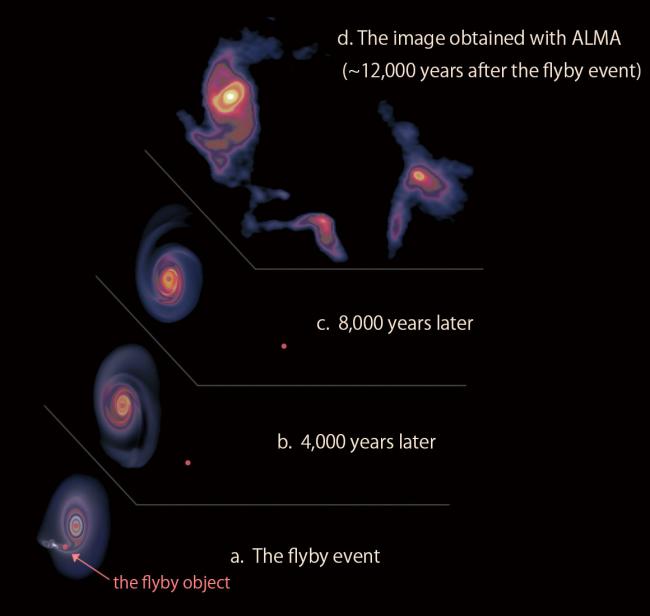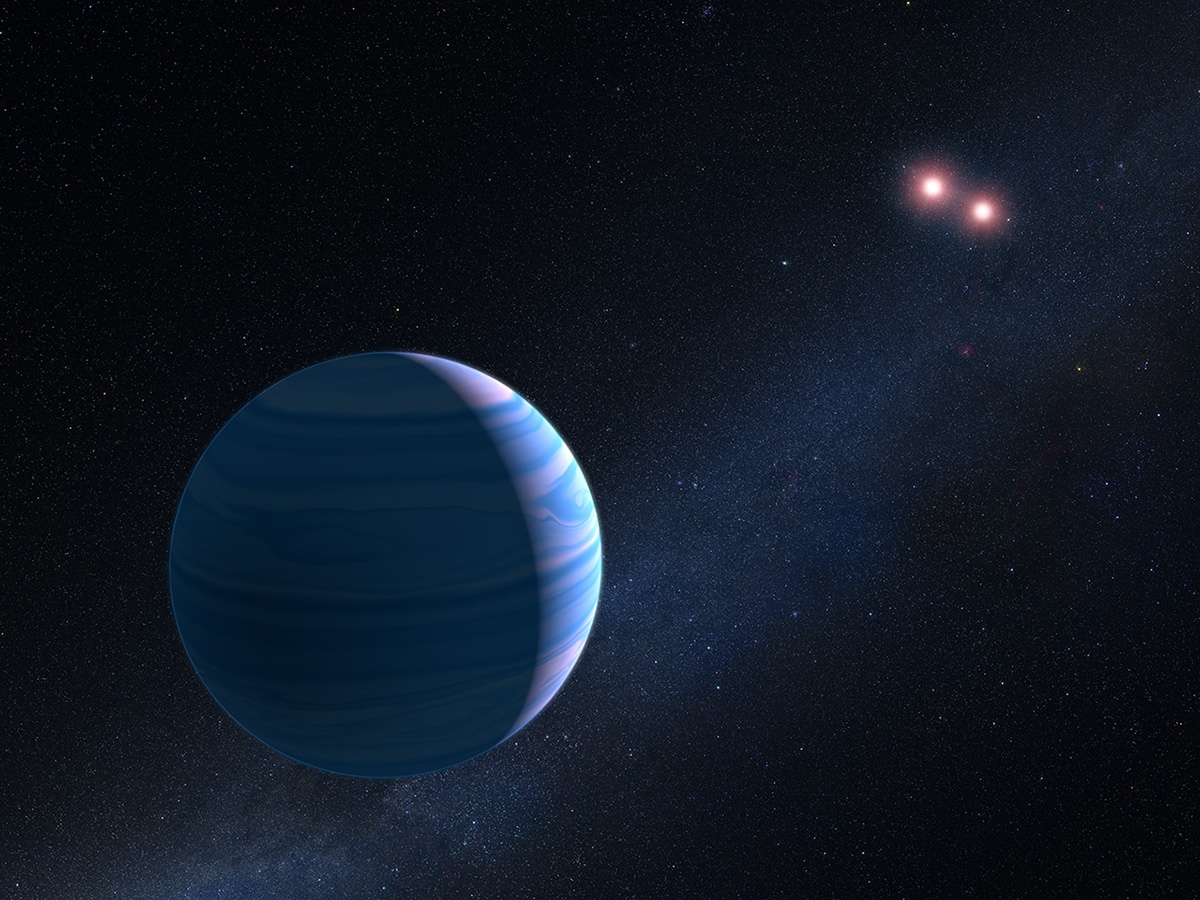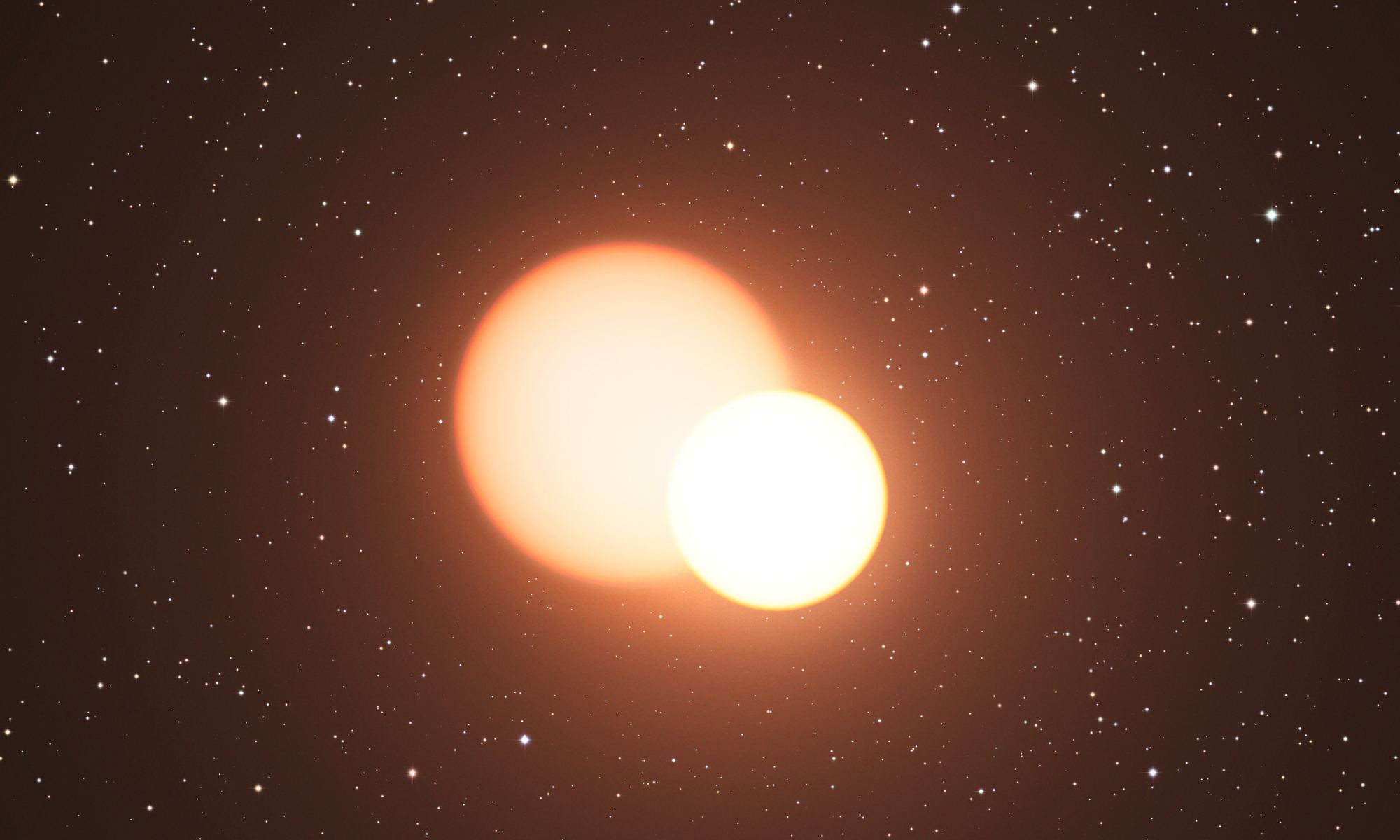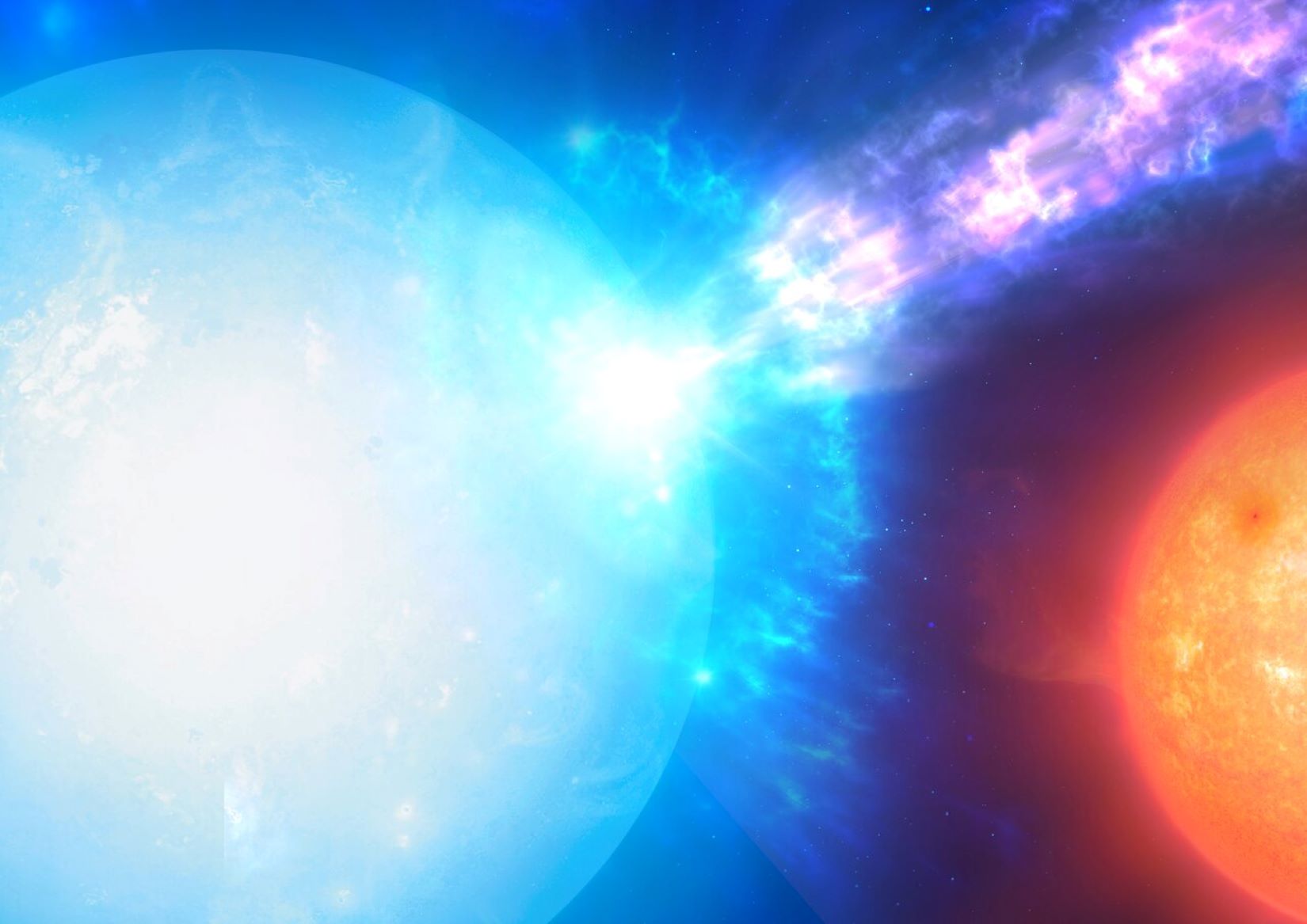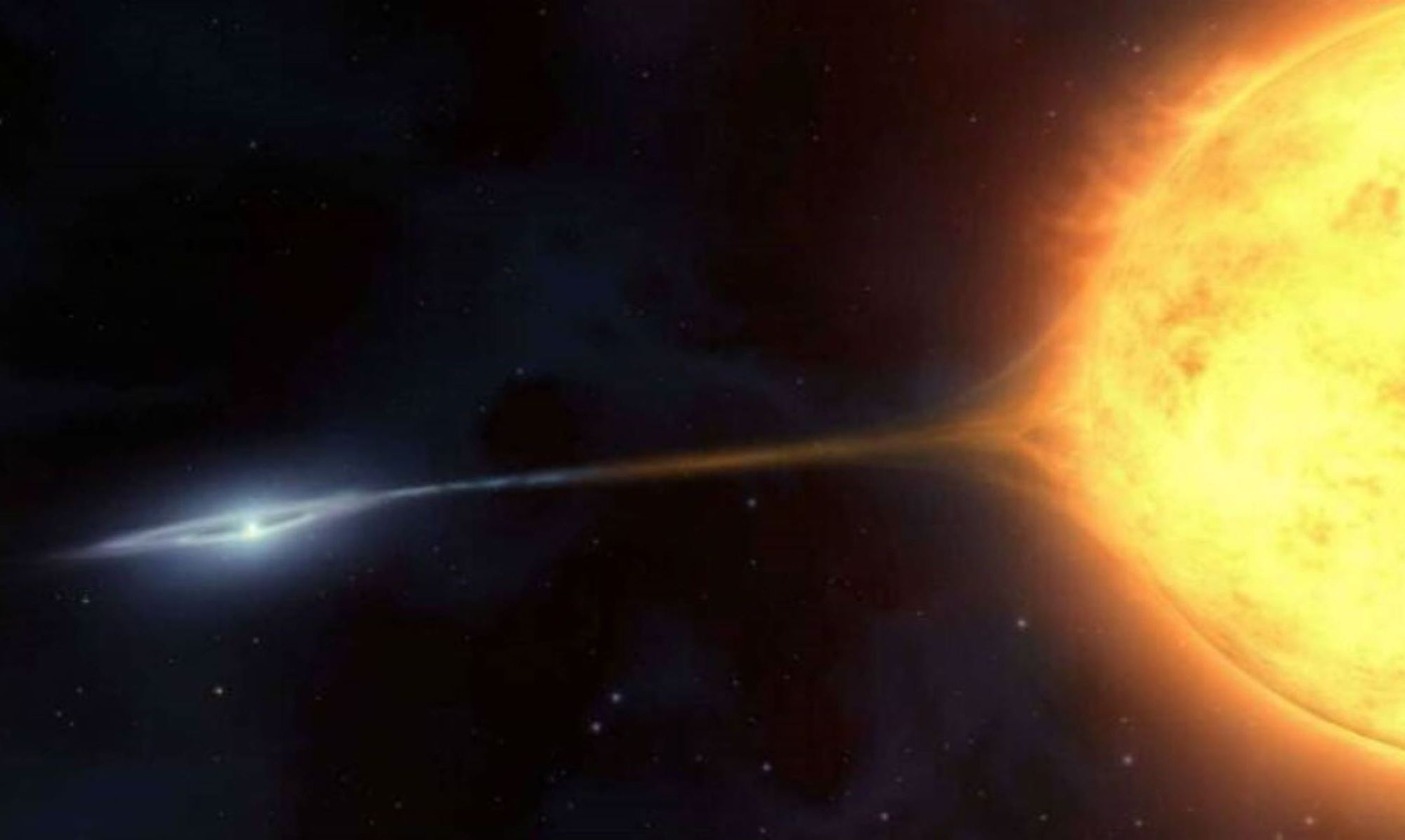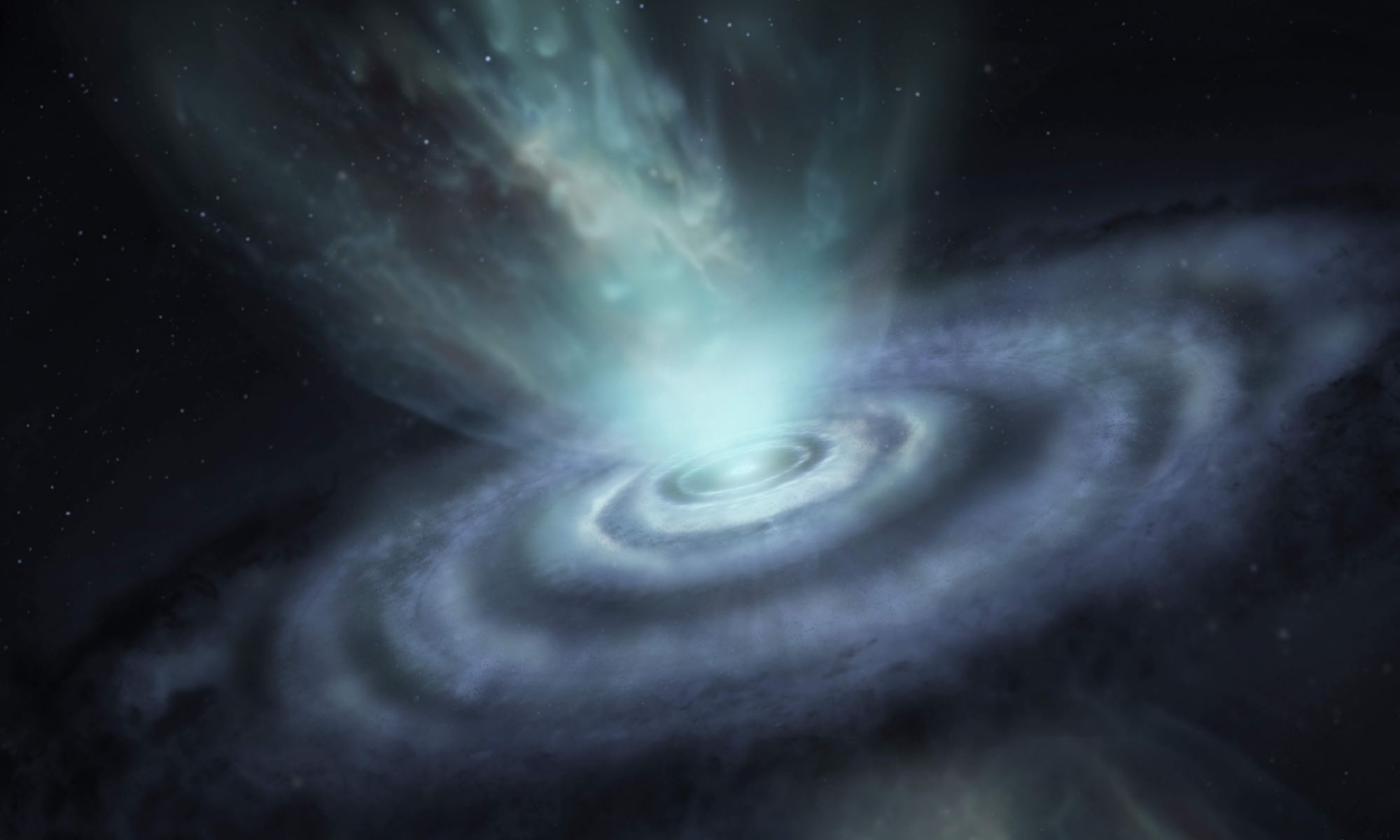Astronomers using the ALMA Observatory have discovered an unusual, massive star near the center of our galaxy, a star that has two spiral arms. The arms are part of an accretion disk, a broad disk of dust and gas surrounding the protostar. While this is not the first star to be seen with such rare arm-like features, researchers say they believe they can track the formation of the spiral arms to a close encounter the star had with another object.
Continue reading “A Star has Grown Spiral Arms”Two New Rocky Planets Discovered Close to the Solar System
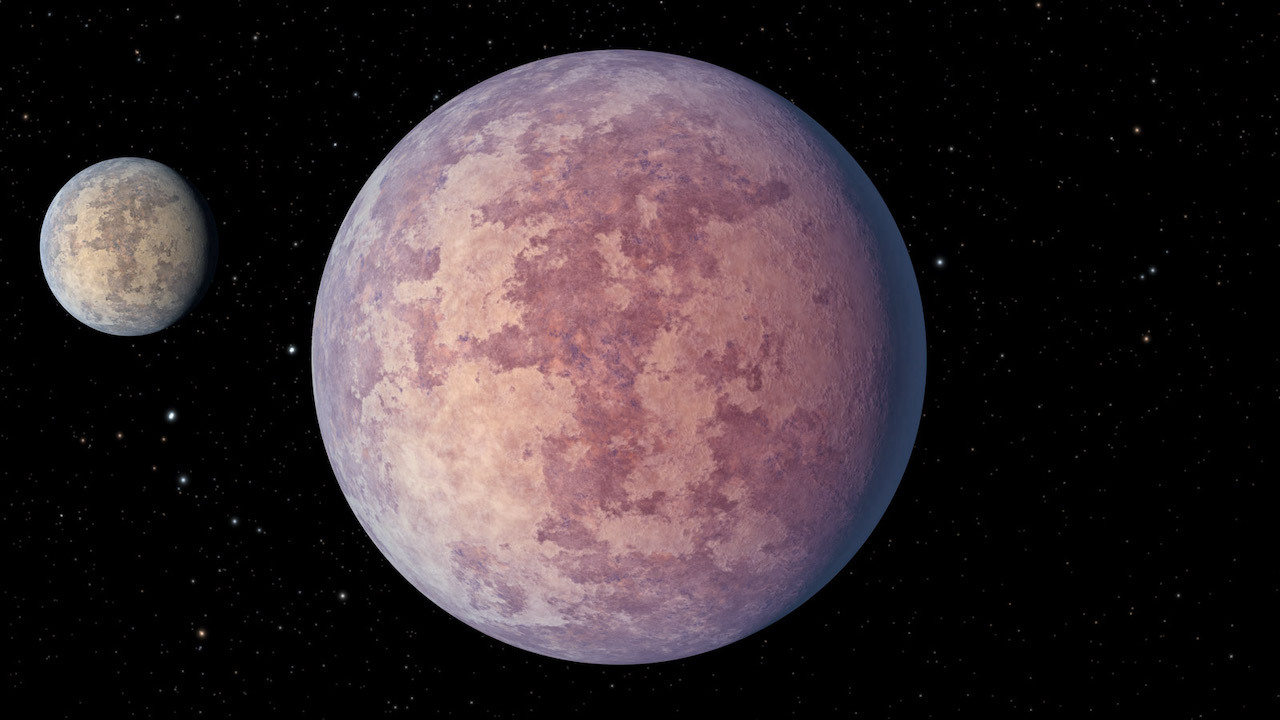
TESS has struck paydirt again. NASA’s planet-hunting spacecraft has found two new super-Earths orbiting a star only 33 light-years away. These are two of the closest rocky planets ever found.
Continue reading “Two New Rocky Planets Discovered Close to the Solar System”Astronomers Caught Betelgeuse Just Before it Started Dimming and Might Have Seen a Pressure Wave Rippling Through its Atmosphere

A couple of years ago, Betelgeuse generated much interest when it started dimming. That caught the attention of astronomers worldwide, who tried to understand what was happening. Was it about to go supernova?
Evidence showed that dust was the most likely culprit for the red supergiant’s dimming, though there are still questions. A new study shows that the star was behaving strangely just before the dimming.
Continue reading “Astronomers Caught Betelgeuse Just Before it Started Dimming and Might Have Seen a Pressure Wave Rippling Through its Atmosphere”Astronomers Find 116,000 New Variable Stars
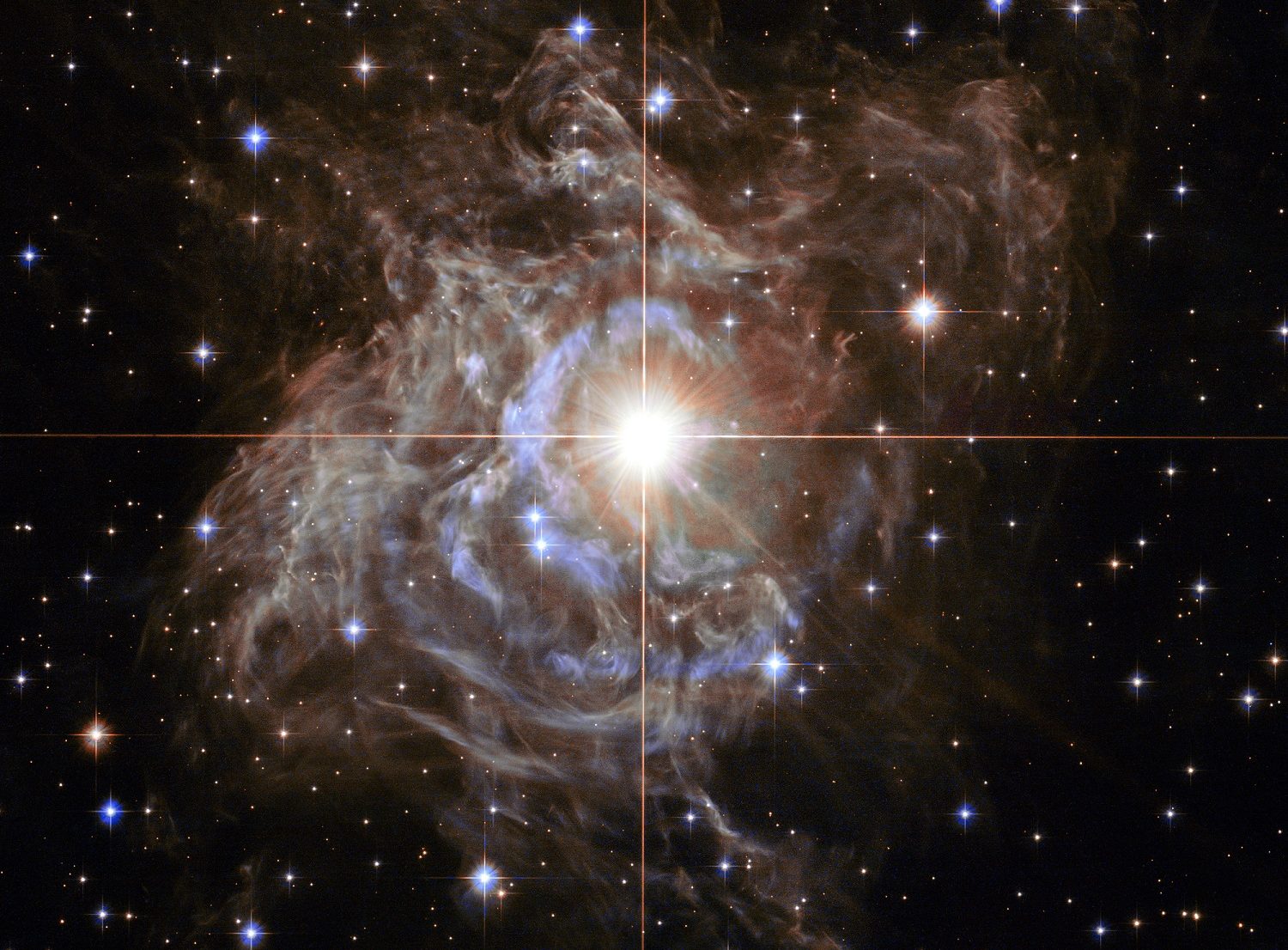
What do two guys from Ohio, the GAIA mission, a worldwide network of ground-based telescopes, machine learning, and citizen scientists all have to do with each other? Thanks to this interesting combo of people and computers, astronomers now have more than 116,000 new variable stars to study. Until now, they knew of about 46,000 of these stars in the Milky Way Galaxy. They had observed maybe 10,000 or so in other galaxies. The discovery gives astronomers even more chances to study variables and understand why they behave the way they do.
Continue reading “Astronomers Find 116,000 New Variable Stars”Planets in Binary Systems Could be Habitable, But They’d Form Differently
Most of the stars in the Milky Way are single stars. But between one-third and one-half of them are binary stars. Can habitable planets form in these environments?
New research shows that habitable planets could exist around binary stars, but they would form differently than worlds around single stars.
Continue reading “Planets in Binary Systems Could be Habitable, But They’d Form Differently”Astronomers Find a Star That Contains 65 Different Elements

Have you ever held a chunk of gold in your hand? Not a little piece of jewelry, but an ounce or more? If you have, you can almost immediately understand what drives humans to want to possess it and know where it comes from.
We know that gold comes from stars. All stars are comprised primarily of hydrogen and helium. But they contain other elements, which astrophysicists refer to as a star’s metallicity. Our Sun has a high metallicity and contains 67 different elements, including about 2.5 trillion tons of gold.
Now astronomers have found a distant star that contains 65 elements, the most ever detected in another star. Gold is among them.
Continue reading “Astronomers Find a Star That Contains 65 Different Elements”A Recently Discovered Double Binary System is Unstable. Stars Could Collide, Leading to a Supernova
Multiple star systems are very common in the Milky Way. While most of these systems are binary systems consisting of two stars, others contain three, four, or even six stars. These systems tend to be pretty stable since unstable systems tend to break apart or merge fairly quickly, but sometimes you can get a kind of meta-stable system. One that lasts long enough for stars to evolve while still being stable in the end. And that end could be a supernova.
Continue reading “A Recently Discovered Double Binary System is Unstable. Stars Could Collide, Leading to a Supernova”A New Kind of Stellar Explosion Has Been Discovered: Micronovae
The most energetic explosions in the Universe come from stars called supernovae. These galactic bombs have the energy of about 1028 mega-tons. After they detonate, the only thing left behind is either a neutron star or black hole. Another type of stellar explosion is known as a nova which has much less energy and covers the surface of a white dwarf.
Now, a team of astronomers recently discovered a new type of stellar explosion akin to supernovae and novae but with much less energy, and they’re calling it a micronova.
Continue reading “A New Kind of Stellar Explosion Has Been Discovered: Micronovae”Slimmed Down Red Giants Had Their Mass Stolen By a Companion Star
Millions of stars that can grow up to 620 million miles in diameter, known as ‘red giants,’ exist in our galaxy, but it has been speculated for a while that there are some that are possibly much smaller. Now a team of astronomers at the University of Sydney have discovered several in this category and have published their findings in the journal Nature Astronomy.
Continue reading “Slimmed Down Red Giants Had Their Mass Stolen By a Companion Star”“It’s like finding Wally… we were extremely lucky to find about 40 slimmer red giants, hidden in a sea of normal ones. The slimmer red giants are either smaller in size or less massive than normal red giants.”
PhD candidate Mr Yaguang Li from the University of Sydney, as quoted from the source article.
Dying Star Puffs out six Smoke Rings
Our Sun’s days are numbered. In about 5 billion years the Sun will expand into a red giant, casting off its outer layers before settling down to become a white dwarf. It’s the inevitable fate of most sunlike stars, and the process is well understood. But as a recent study shows, there are still a few things we have to learn about dying Suns.
Continue reading “Dying Star Puffs out six Smoke Rings”
